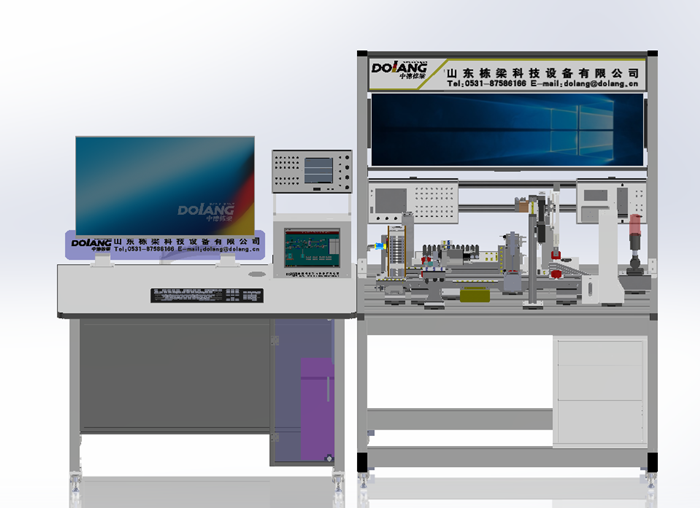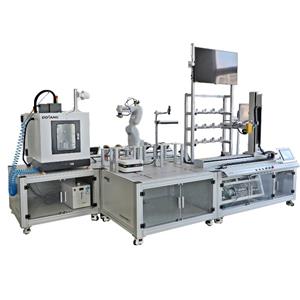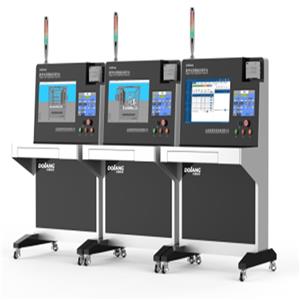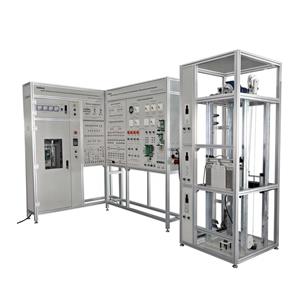Digitalization Development in Vocational Education
Vocational education is a type of education that is different from general education. It is closely related to economic development and industrial technology. As an integral part of vocational education, technical education is an important base for the cultivation of skilled talents and a carrier for the cultivation of high-skilled talents and vocational training. and platform. Under the background of digital industry transformation in the new era, further deepen the cooperation between enterprises and technical colleges, give full play to the catalyst, lubricant and leading role of teaching and research in colleges and universities, in system construction, scientific management, platform construction, ladder cultivation, precision training In-depth research and practice in other aspects have been carried out to explore a path for the digital reform and innovation of education and teaching in technical colleges and universities, which can not only help improve the adaptability of vocational skilled talents, solve the employment problems of enterprises after digital transformation, but also improve the skills of teachers in technical colleges and universities. Professional ability, innovation ability, thinking ability, achieve a win-win situation between school and enterprise.
In the process of deepening school-enterprise cooperation and the integration of industry and education, social organizations also play an important role. China Vocational College is a national professional social organization in the field of employee education and vocational training with a history of more than 20 years. In the process of project establishment, release and promotion, it will continue to play the role of linking enterprises and schools. By actively participating in the establishment of a platform for school-enterprise interaction and mutual integration, it helps to solve the problems of a single subject in participating in the training of skilled talents. It plays the role of macro-guidance and micro-assessment of social organizations. Through cooperation with enterprises, it can accurately match the talent training goals, help the project launch and release smoothly, and actively organize and promote technical colleges and universities to carry out project research.
According to this development of digitalization in the industry, Dolang design and produce the Intelligent Digital system.

DLFA-729A Intelligent Digital system
I. Device overview
In Industry 4.0, intelligent manufacturing has become the development direction of the world's manufacturing industry. The new advanced manufacturing strategies of countries around the world have increased the need to design new intelligent manufacturing systems. An intelligent manufacturing system is a multi-domain physical system composed of complex coupling of various elements such as intelligent machines, intelligent materials, and intelligent products. Digital twins are a complex process in intelligent manufacturing system design , including modeling, analyzing, mining, and learning from data from multiple sources.
The system is designed based on the typical application of digital twin technology in the field of intelligent manufacturing. It is oriented to the functions of digital twin technology in product design, product production and product maintenance. It mainly examines the use of digital twin technology in product design and development, process planning , manufacturing process, after-sales service and other stages of the whole life cycle, through optimization of design scheme, virtual debugging, data analysis and finally achieve efficient production, improve product operation performance, carry out fault prediction and predictive maintenance and other purposes. At the same time, the virtual realization technology is integrated, and the contestants can generate the VI format for the designed 3D intelligent production line to realize an immersive interactive experience.
Digital Twin Product Design Phase (Functional Model Design and Structural Model Design): Use multidisciplinary simulations to rapidly validate concepts. The goal of this stage is not to pursue simulation accuracy, but to simulate fast.
Digital twin product stage (behavioral model design and control model design): key design parameters are determined through simulation. Although the purpose of digital twins is to reduce the high cost of physical debugging, in practice it is necessary to retain the necessary near-physical system debugging, especially the debugging required by some industry specifications. Near-physical system debugging is the focus of this stage.
Digital twin product maintenance phase (intelligent model design and performance model design): Digital twins are used to help build smart manufacturing system prototypes and plan system testing scenarios. Digital twins can reduce trial and error, and pinpointing requires intelligent design points. Optimum performance is achieved in a lean manner. That is to say, the digital twin method can achieve the purpose of intelligent manufacturing system verification with fewer tests, and improve the efficiency of design and maintenance .
Completion of training projects
1)hardware training program
1.Application of PLC programming technology
2.HMI programming technology application
3.Application of stepper motor control technology
4.Servo motor control technology application
5.RFID identification technology application
6.Application of analog technology
7.MOUDLEBUS TCP communication between PLC and RFID;
8.Application of bus communication technology;
9.Application of Industrial Automation Network
10.Application of motion control system
2)Software training program
1.digital 3D models ;
2.Verification of digitized 3D models
3.Simulation of digital 3D models
4.PLC virtual debugging;
5.3D digital production line layout;
Mechatronics Co-simulation: Mechanical Interference, Mechanism Kinematics Verification, Mechanism Dynamics Verification



